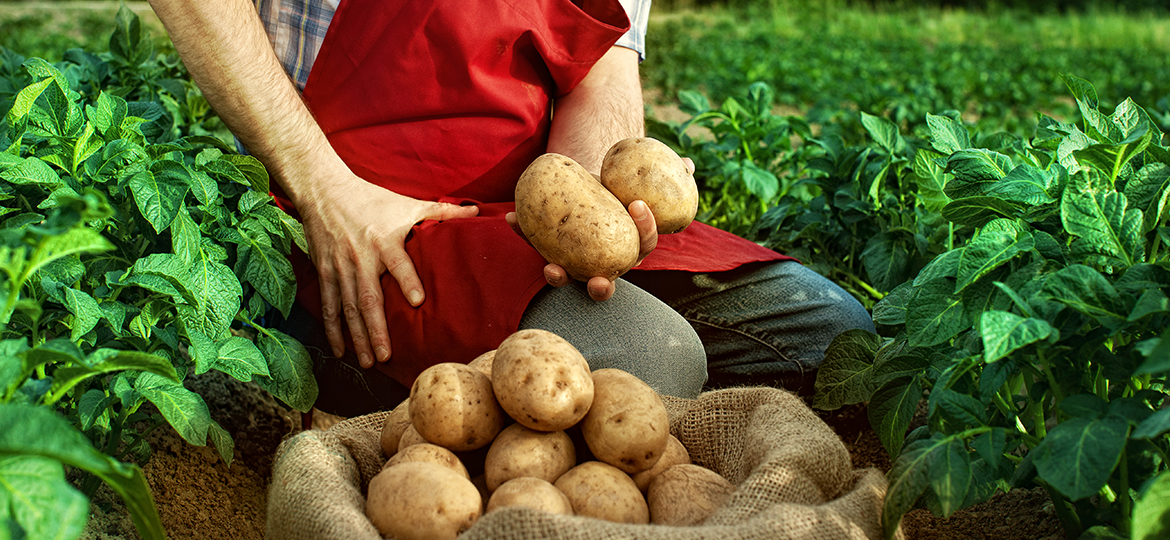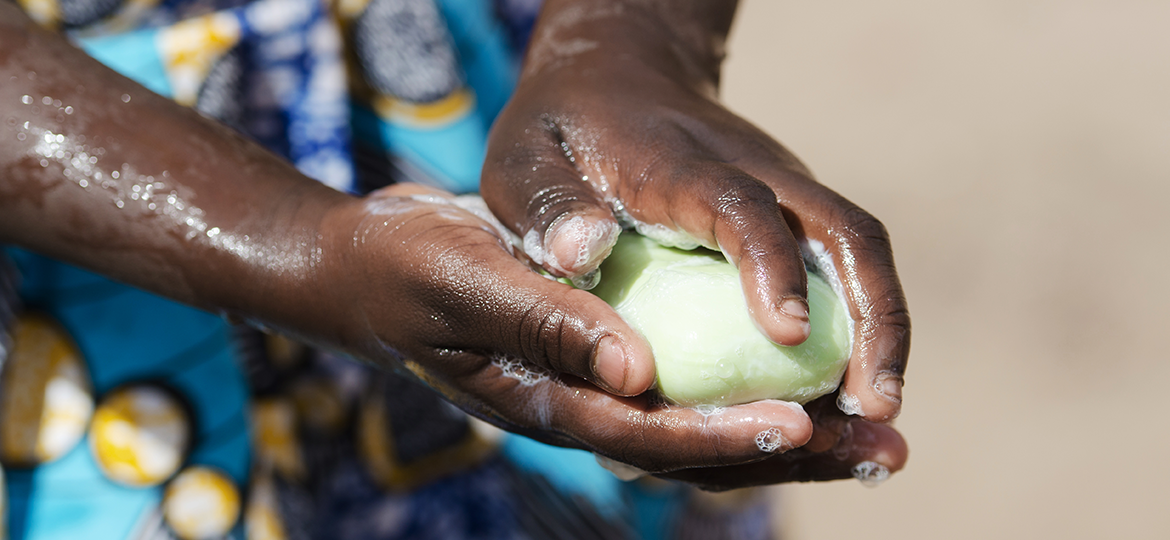Welcome to the KnE research community! Each month, we curate key articles, studies, and conference proceedings from different journals to help disseminate findings that advance knowledge, champion, and support scientific work. We’re always eager to share significant discoveries with the widest possible audience to keep all research at the heart of the global conversation and to ensure that the substantial work of all KnE Publishing authors is widely dispersed to reach other individuals, researchers, and academics.
With notable articles from various disciplines from infertility and ophthalmology research to scientific efforts to reduce chemical and plastic waste, in addition to solar energy discoveries, you will find plenty of interesting publications in this issue of KnE Publishing Top Research Picks.

1. Endometrial and follicular development following stair-step and traditional protocols in women with polycystic ovary syndrome: An RCT
This randomised controlled trial from the International Journal of Reproductive BioMedicine, was carried out to compare the number and size of ovarian follicles, endometrial thickness, and ovulation rate in relation to two clomiphene citrate (CC) prescription methods; the traditional protocol (TP) and the stair-step protocol (SSP). A total of 60 women with polycystic ovary syndrome (PCOS) were divided into two equal groups TP and SSP. In the SSP group, 50-mg/daily CC was administered for five days after the onset of the cycle. If the size of the follicles was found to be less than 12 mm, another 100 mg of CC was prescribed daily for another five days. If no follicular change was found, 150 mg of CC was prescribed for another 5 days. For the TP group, the same protocol was followed one menstrual cycle before increasing CC dose. The results revealed that a significant increase in the ovulation rate occurred in SSP compared to TP. The study also found that increasing the dose of CC from 50mg to 100mg increased ovulation rate, whereas increasing the dose to 150mg had no significant impact. The research concluded that the optimal dose of CC for ovulation induction in women with PCOS was 100-mg/daily.
Continue reading here.

2. Praying Rooms in Shopping Centres: Are They Important?
This article from KnE Social Sciences discusses praying rooms as a facility in Indonesian shopping centres. Since prayer is obligatory five times a day in Islam, the article explains, many customers would have to leave the shopping centre to fulfil their religious duties. This study surveys individuals selected at random to define the importance of prayer rooms in providing consumer comfort, inspiring repeat visits, and encouraging increased spending. The survey revealed that 85.3% of the respondents considered a praying room more important than other categories. When asked about their preferred centres, respondents listed different factors: cleaner, more organised prayer rooms that gave men and women maximum privacy and clean water for ablution. Prayer rooms that were easy to locate and away from crowds and noise were also praised among participants. Ultimately, the study found that prayer rooms contributed to better customer retention and financial gains due to increased time spent at these centres.
Continue reading here.

3. Large-scale Synthesis of Monodisperse PbS Quantum Dots
Solar energy conversions have become increasingly reliant on PbS quantum dots (QDs) because of their efficiency. High reaction rates have, however, challenged the production of this material. This article from Kne Energy proposes a new 2-step approach to synthesising this product. By reducing the surface energy, boosting supersaturation, and increasing temperature, the first step ensures the formation of smaller nanoparticles. For the second stage, the researchers allowed the PbS nuclei to slowly grow to a relatively large size. This method proved to be highly reproducible, delivering gram scale monodisperse batches of PbS QDs.
Continue reading here.

4. Indicators of the Relationship Between the Chemical Composition of Plant and Harvest Potatoes
The Gala potato variant was the subject of this study from KnE Life Sciences. The number, size, and quality of potatoes produced by a plant rely heavily on the chemical and biochemical processes continuously occurring in the soil and the plant. The long-term study examined the effect of mineral fertilisers on the Gala plant and vegetable. A relationship was established between the nitrogen, phosphorus, and potassium chemical composition of the potato plant. The study used fertilisers made of ammonium nitrate (34.5%), ammophos (N 12), and potassium chloride (62%). The results found a clear positive relationship between plant yields and optimal levels of nitrogen and phosphorus at the early stages of growth.
Continue reading here.

5. Accelerated versus Standard Corneal Cross-linking for Progressive Keratoconus in Syria
Keratoconus is a serious ophthalmic condition that can lead to progressive vision distortion and loss due to a thin cornea. This study from the Journal of Ophthalmic and Vision Research follows the corneal cross-linking journey of 40 patients. Some of the patients (27 eyes) were treated with an accelerated protocol, while the rest of the patients (36 eyes) underwent the standard procedure. The researchers assessed visual acuity, refraction, corneal topography, corneal tomography, and anterior and posterior corneal higher-order aberrations pre- and postoperatively. Visual acuity improved in both groups after treatment, with significantly higher improvement rates in those subjected to the accelerated protocol. Overall, the study found that the standard procedure resulted in significantly higher anterior corneal flattening, a greater increase in posterior steepening, a further decrease in posterior astigmatism, and more reduction in the minimum thickness than the accelerated procedure.
Continue reading here.

6. Effect of Healthy Lifestyle Interventions in Schools of Jazan City, Kingdom of Saudi Arabia: A Quasi-experimental Study
Dietary habits and lifestyle in adolescence can have a great impact on the risk of nutrition-related diseases in adulthood. This article from the Arab Journal of Nutrition and Exercise explores the effect of healthy lifestyle interventions on the physical activity and eating habits of 565 adolescent girls (12 to 15 years) in Jazan City. The study included three phases: a base-line survey, interventions, and evaluation. The interventions included activities like lectures, open discussions, role-playing games, health education classes, morning practice sessions, and individual intervention plans for overweight and obese students. The interventions were only carried out within two of the four schools participating in this study as the other two schools served as a control group. BMI of participants significantly decreased with an average of 0.37 kg decrease in the intervention group, compared to an increase of 0.07 kg in the control group. The quasi-experimental study found that interventions at the school level aided in increasing physical activity and reducing fast food consumption while increasing water and fruit intake.
Continue reading here.

7. The Development of New Methods of Disposal of Processing Sulphur Wastes from a Hydro-carbon Feedstock to various Sulphur Derivatives
This article from KnE Materials Science addresses the need to reduce sulphur waste and low molecular thiols. It details specific steps in the extraction and disposal of these compounds and suggests different approaches to obtaining useful sulphur derivatives from these reactions, like hydrogen sulphide from hydro-carbon fractions. Another possibility that the research proposes is extracting zinc sulphide or zinc thiolates, which can be used in various fields, whether industry or agriculture. Such reactions are significant since they are environmentally safe and require low energy levels.
Continue reading here.

8. Knowledge and Practice Regarding Coronavirus Disease Prevention (COVID-19) Among Internally Displaced Persons in Camps in Central Darfur Region, Sudan
Internally displaced people in Darfur are already going through a humanitarian crisis, have limited access to health information, and might therefore be less aware of the importance of precautionary measures. This cross-sectional community-based study from the Sudan Journal of Medical Sciences aims to assess awareness among individuals in two camps within central Darfur: Hamadiya and El HassaHissa. Data from 143 respondents was collected by two nurses through manual and Google forms. After gathering information about demographic variables, knowledge related to COVID-19, and practice of preventive measures against the virus, the data was analysed. Results showed that despite most respondents gaining information about COVID-19 from their relatives and friends, knowledge regarding COVID-19 was good with a rate of 73.8%. Conversely, only 53% of respondents reported practicing safety measures like washing hands, avoiding handshakes, and wearing face masks. The study called for continuous educational intervention and awareness programs, especially for older and less educated individuals.
Continue reading here.

9. Experimental Study on Soils Stabilized with Two Types of Plastic Waste
Though individuals and organisations worldwide are intensifying efforts to reuse and recycle plastic, non-biodegradable waste is still building up in landfills. Various studies have already explored the ability of some types of plastic to improve soil properties for embankment constructions and pavement material. This article from KnE Engineering puts this possibility to the test. Using CBR testing to determine soil quality, the study uses two different types of plastic to test this theory. Both shredded package labels and ground bottles were used with reddish clay soil and grey shale soil, respectively. Though soil properties also play an important role in the final soil bearing ratio and quality, the results of the study revealed that better results were obtained from using more flexible plastic flakes (shredded plastic labels).
Continue reading here.

10. Arab countries and the global education agenda 2030: Incomplete path
Though some Arab countries possess the ability and resources to enhance and develop their educational systems, there is plenty of room for improvement regarding education. The first segment of this study from the journal of Gulf Education and Social Policy Review focuses on the alarming decreased rate of children enrolled in schools among some Arab countries. In the second section, the study discusses the ability of individuals to enrol in public schooling and the level of education that can be reached through that system. The third part examines illiteracy rates among women, while the fourth section tackles the mismatch between the professional needs of a given nation and the available academic disciplines. The final section of the study scrutinises the current centralised educational system exemplifying how this system contributes to the large gap between the job market needs and the professional orientation of human capital. As a result, the study concludes that many Arab countries are far from attaining the fourth sustainable development goal (education for all) and recommends radical structural reforms to be implemented to achieve quality and equal education for all social classes across Arab nations as well as to avoid increased unemployment rates among young adults.
This article is available in Arabic – Continue reading here.
To discover more Open Access articles, visit the KnE Publishing platform: www.knepublishing.com



